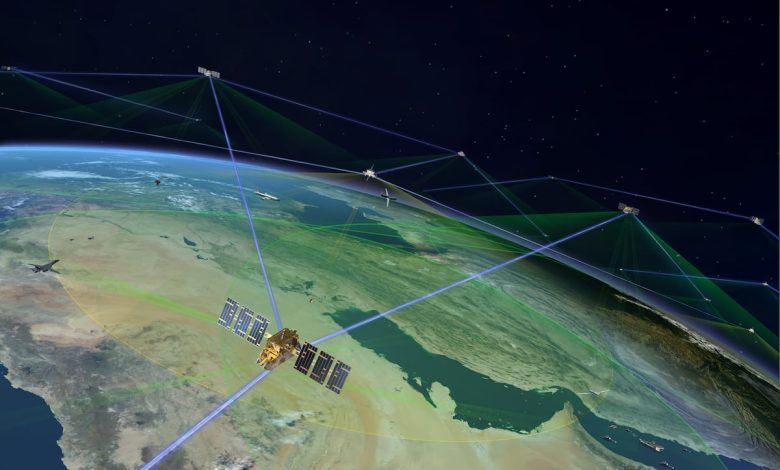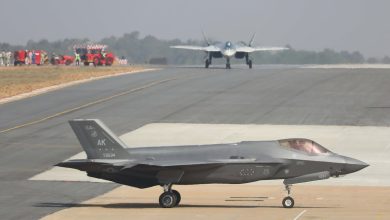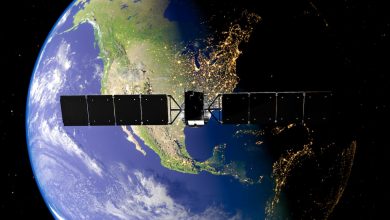Space Development Agency validates high-speed satellite comm links

York Space Systems and SpaceX, two companies building satellites for the Space Development Agency’s megaconstellation, recently demonstrated the ability to connect two of their on-orbit spacecraft through a laser link.
During the demonstration, York linked one of the communication satellites it built for the first iteration of SDA’s constellation with a SpaceX missile tracking satellite. The laser communication links the companies used allow the satellites to transmit information quickly and securely.
The milestone is significant for the firms and for SDA, which is trying to establish a low-Earth orbit network of missile tracking and data transport satellites built by a diverse pool of suppliers. Connecting different satellites within the network is a key step toward proving that the technology works.
“By enabling seamless communication across platforms, this approach ensures interoperability, enhances a competitive marketplace and fosters innovation across the entire space industry,” York said Wednesday in a statement.
The demonstration comes after months of ground testing at the Naval Research Laboratory, where SDA vendors must validate that their systems work and can pass data to other satellites via a common interface, known as an optical communication terminal protocol.
SDA Director Derek Tournear told reporters last September that much of the agency’s systems engineering work has been focused on making sure satellites can share information through the interface. If they can’t, he said at the time, it could undermine a key part of SDA’s mission, which is to move away from traditional defense acquisition approaches that rely on a small number of vendors and technologies to build a capability that remains largely static. Instead, SDA wants its satellites to be replaced with new, more capable systems on a regular cadence.
“If we get vendor locked and only one works, or they can’t talk to others, that falls apart pretty quickly, and we start to get into this stovepiped model that has historically been the DOD model,” Tournear said during a Sept. 16 briefing at the annual Air Force Association conference. “It’s critical that it works.”
Beyond York and SpaceX, SDA’s current contractor pool includes Lockheed Martin, L3Harris, Sierra Space and Northrop Grumman, among others. In October, the agency selected 19 companies to compete for experimental missions through an effort called Hybrid Acquisition for Proliferated Low Earth Orbit, or HALO.
To date, SDA has 27 satellites in orbit as part of “Tranche 0″ of its proliferated constellation. By the end of this year, it hopes to have 160 Tranche 1 satellites operating and 1,000 spacecraft in total by 2026.
The first batch of Tranche 1 satellites is slated to launch in March or April.
Courtney Albon is C4ISRNET’s space and emerging technology reporter. She has covered the U.S. military since 2012, with a focus on the Air Force and Space Force. She has reported on some of the Defense Department’s most significant acquisition, budget and policy challenges.
Read the full article here






